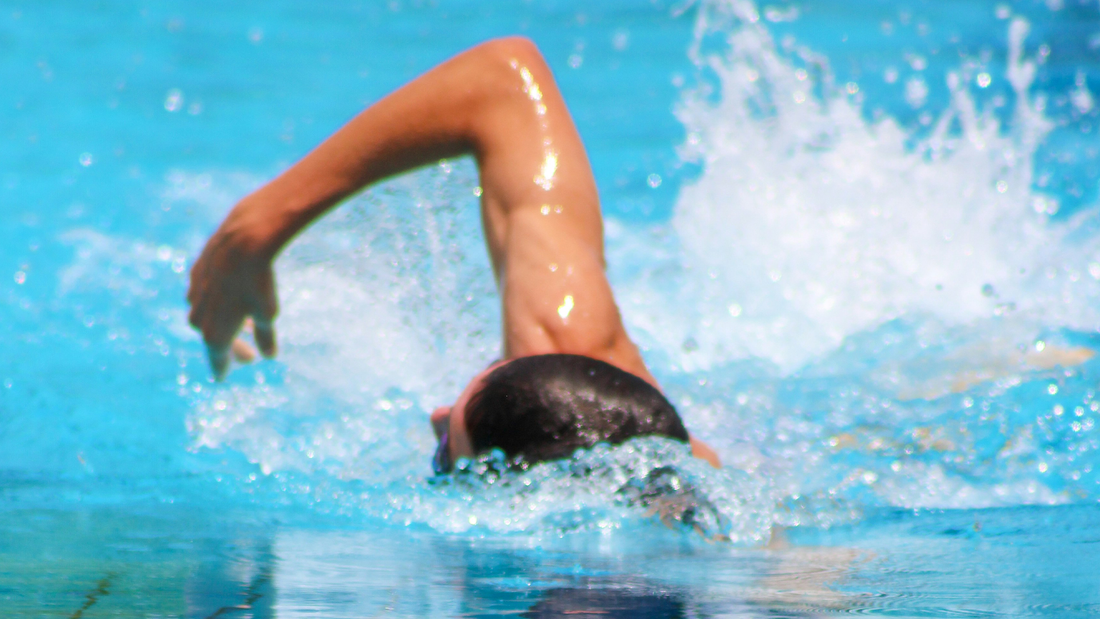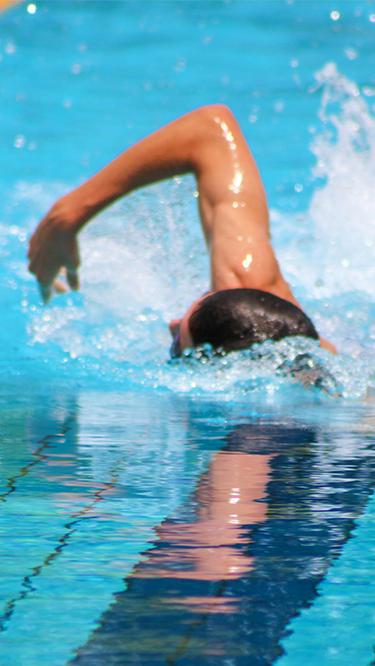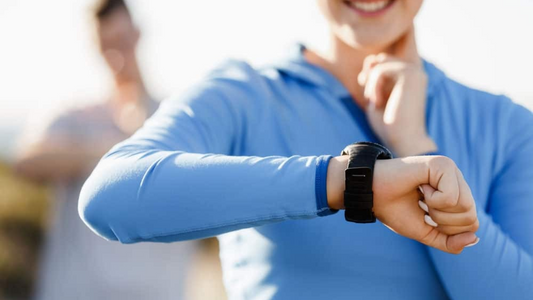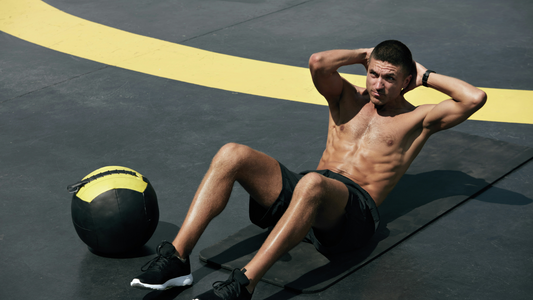

What Muscles Does Swimming Work?
No matter your age or fitness level, swimming offers many potential health benefits. The water supports your body and provides buoyancy so that you don't put too much pressure on your joints, meaning that swimming is a good way to keep fit if you have arthritis. What muscles does swimming work?
Swimming is a full-body exercise that works multiple muscle groups at the same time. Here is a detailed look at how swimming can positively affect the body.
What Muscles Does Swimming Work in General?
Swimming is a form of resistance training, meaning that as you propel yourself across the pool, the water is also pushing back against you. If you swim regularly, you'll start to notice yourself gradually becoming stronger.
Another nice thing about swimming is that there are different strokes you can use to add variety to your workout. No matter what stroke you do, each will use the following muscles to some extent.
Quadriceps
The quadriceps are the muscles in the front of your thighs. The name "quadriceps" means "four heads. The "heads" are four distinct submuscles:
- Tensor fasciae latae
- Vastus lateralis
- Rectus femoris
- Vastus medialis
In swimming, you use the quadriceps to kick downward. As you repeat this motion in your regular swimming workouts, you may start to feel your quadriceps muscles becoming stronger. The quadriceps muscles are some of the primary muscles in your legs used for walking. Therefore, it is crucially important to keep the quadriceps strong. Otherwise, you may notice adverse changes to your gait or have trouble keeping your balance.
Hamstrings
Your hamstrings are the muscles in the back of your thigh, opposite your quadriceps muscles. These are muscles that you use when you step up. If these muscles are weak, you may feel that you could lose your balance when you attempt to climb stairs. You may feel tired more easily because the rest of your body is trying to compensate for your weak hamstrings. When you swim, you use the hamstring muscles to kick up.
Gluteal Muscles
The gluteals are the muscles in your buttocks. The largest of these is the gluteus maximus, but there is also a gluteus medius and a gluteus minimus. Swimming works your gluteal muscles as they propel you forward and keep your body balanced in the water.
Abdominals
Abdominals are the muscles in the front part of your lower trunk. There are several subgroups of abdominal muscles. The obliques are located along the sides of your abdomen, which your doctor may refer to as your flanks. These are the muscles you use when shoveling.
The rectus abdominus is the muscle you use when you do crunches. It bears a lot of the responsibility for keeping your upper body upright. The abdominal muscles are important for good posture and support of your diaphragm for respiration. Swimming works the abdominals because these muscles stabilize your body.
Latissimus Dorsi
The latissimi dorsi are large muscles in your mid to lower back. The name for one of these muscles is the latissimus dorsi. The latissimi dorsi are muscles you move when you do chin-ups, pull-ups, or rowing. Doctors sometimes refer collectively to the latissimi dorsi and the abdominals as the core muscles that keep your body upright. When you swim, your core muscles keep your body steady in the water.
Biceps and Triceps
The biceps is the muscle in the front of your upper arm that bends your elbow. The triceps is the muscle in the back of your upper arm that straightens the elbow. Think about when you open a door: When you reach out for the door handle, you use your triceps to straighten your arm. When you pull the handle to open the door, you use your biceps to bend your elbow.
When you swim, the triceps allows you to reach out in front of you, while the biceps allows you to push the water behind you, propelling yourself forward. Some strokes use one more than the other, but swimming generally works both muscles to some extent.
Trapezius
The trapezius is a muscle in the shoulder and upper back. When you shrug your shoulders, you are using your trapezius muscles. When you swim, these muscles reach your arms out far. They help you place your hands properly in the water. They also work together with the pectoralis major muscles in the chest to help you pull yourself forward in the water.
What Muscles Do Specific Swimming Strokes Work?
All swimming strokes work the muscles listed above, but not all strokes use them equally. Here is a look at some specific swimming strokes and the muscles they work the most.
Freestyle
What muscles does freestyle swimming work? Most of the propulsion for the freestyle, also known as the forward crawl, comes from the upper body. Therefore, the primary muscles that this stroke works include the latissimus dorsi and the pectoralis major muscles.
When you do the freestyle stroke, you keep your face down in the water most of the time, but occasionally, you need to turn your head to breathe. Therefore, this stroke also works the sternocleidomastoid muscle in your neck.
Backstroke
As the freestyle is sometimes called the forward crawl, the backstroke is sometimes called the back crawl. In this stroke, the main propulsion comes from the lower body. The quadriceps and the gluteal muscles bear most of the responsibility for pushing you through the water. The core muscles of your abdomen and back also play an important role in stabilizing you in the water, and the muscles of your arms and shoulders assist in pulling.
Butterfly
When you watch a butterfly stroke, you can tell that the swimmer's upper extremities are working very hard. Unsurprisingly, this stroke works the triceps and the muscles of the shoulder as the swimmer extends the arms. However, it is the hips and abdominal muscles that provide the stability to keep the swimmer stable in the water and allow for those far-reaching strokes of the arms.
What Muscles Does Swimming Work, and How Can You Track Your Progress?
Swimming is a good exercise by itself or as part of a larger workout routine. Now that you know what muscles swimming works, you can track your progress using the ZOZOFIT app.

![zf-w-[168px] zf-h-[40px]](http://zozofit.com/cdn/shop/t/15/assets/logo-desktop.png?v=117713855448369080381753069598)




